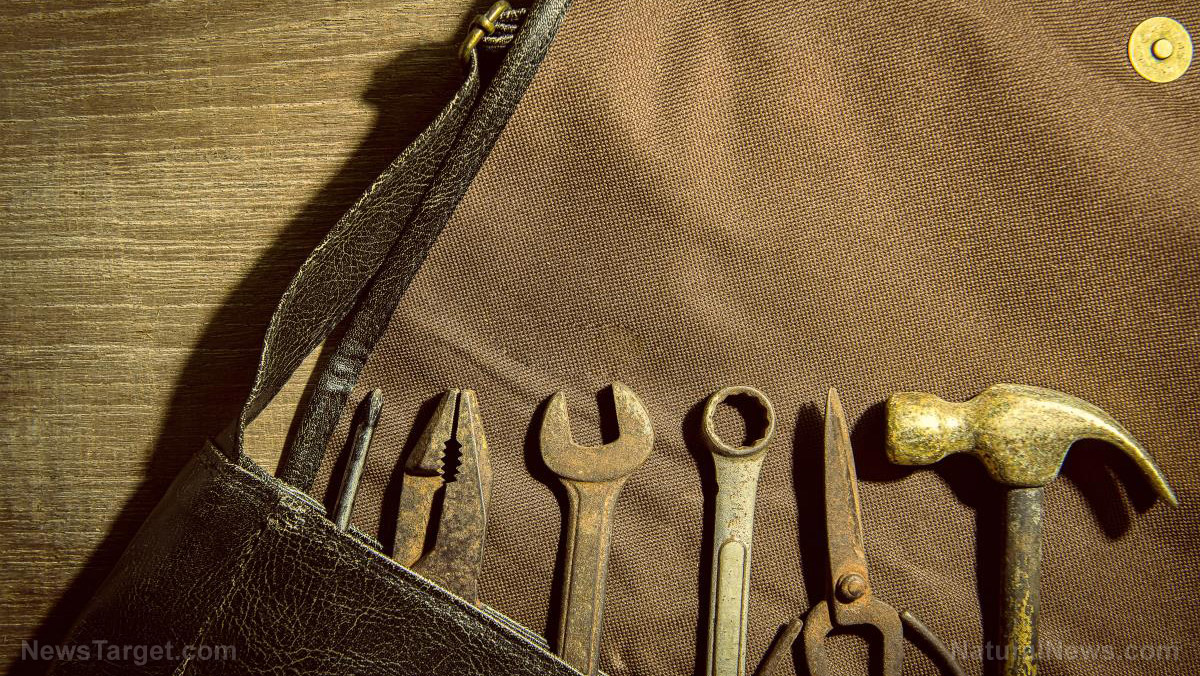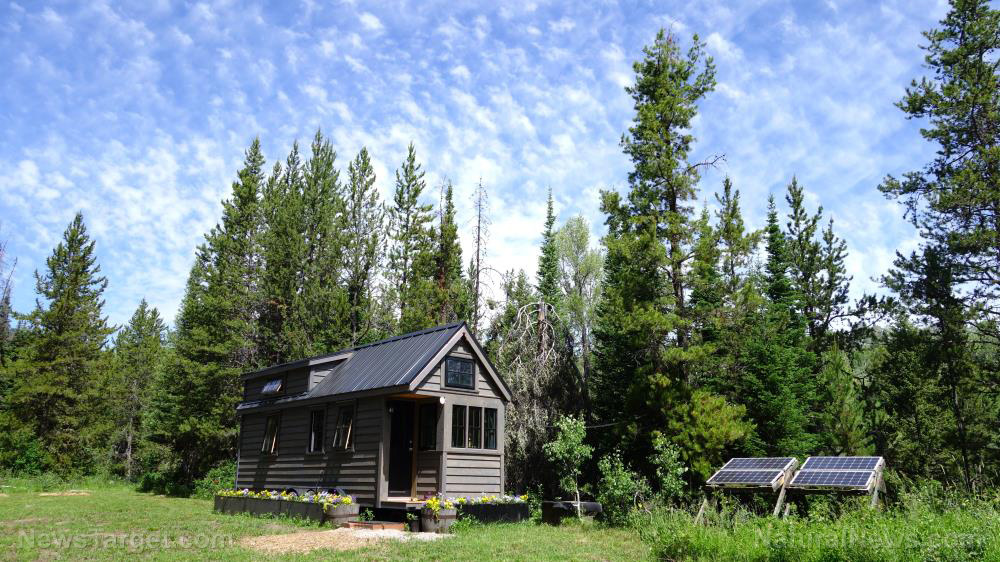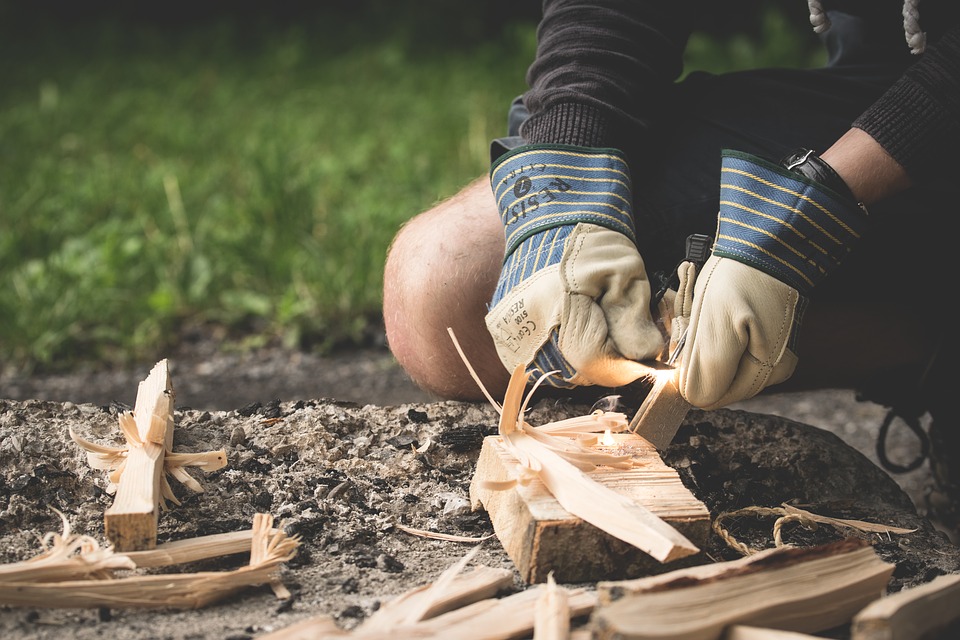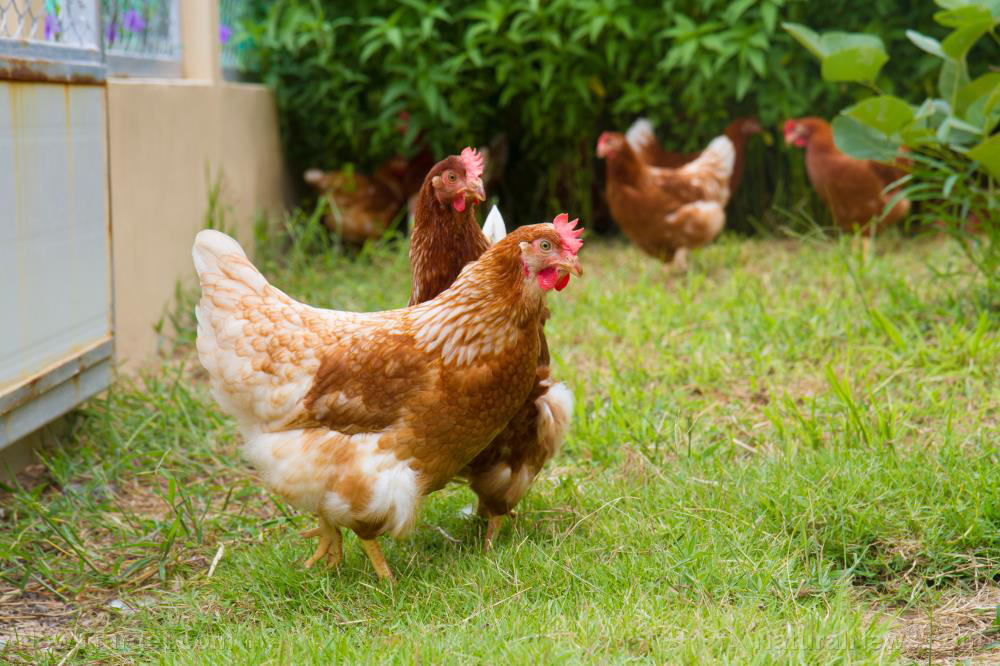New to knot tying? Here are 5 knots you need to know
07/09/2019 / By Zoey Sky
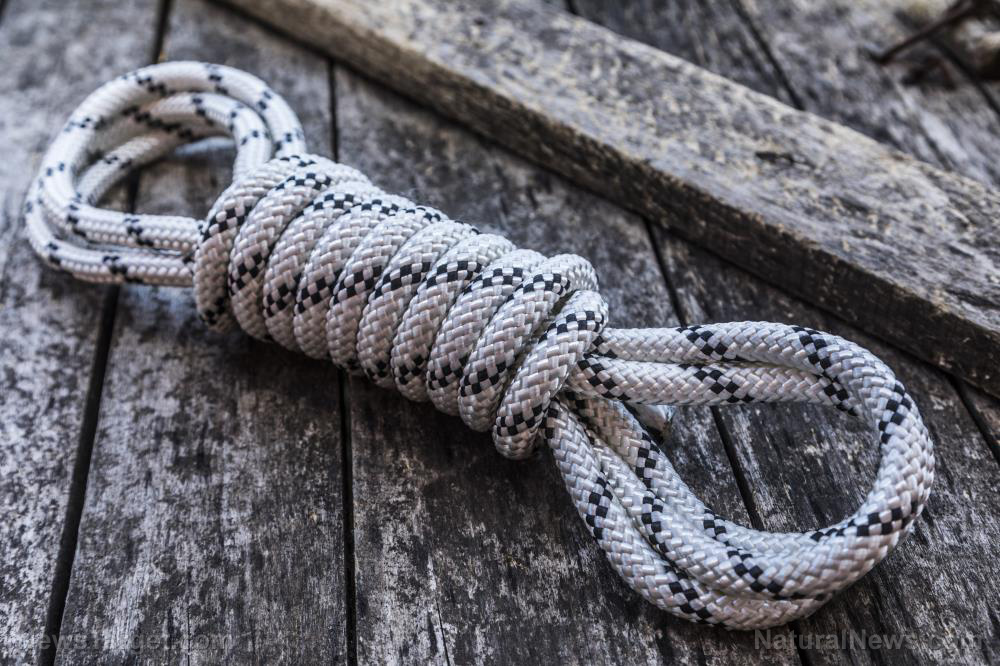
Cordage is an important survival item, but if you don’t know how to tie secure knots, they won’t be as useful when SHTF. Practice knot tying, so you can secure your gear without worrying that knots may come undone. (h/t to UrbanSurvivalSite.com)
There are many different types of knots, but it may take a long time before you master all of them. To ensure that you can secure your tent or gear properly, start with the five knots detailed below.
Practice tying these knots to master them. They might save your life in a disaster scenario. If not, they’re still versatile knows that are sturdy and easy to release.
Knot tying terminology
While you’re watching the tutorial videos below, you can get lost when experts start using jargon. Detailed below are useful terms that you may hear while practicing these knots. (Related: 5 skills you need to hone now for when SHTF.)
- Bitter end/running end/working end – This refers to the end of the cordage you hold in your hand while working on a knot.
- Body – This is the term for the middle of the cordage.
- Standing end – This is the end of the rope you that you’re not working with to tie the knot. The standing end can be attached to an anchor point, like a tarp grommet or a tree stump.
- Overhand loop – This is formed when you place the working end over the body.
- Underhand loop – You form an underhand loop when you place the working end under the body.
- Bight portion – This section of the cordage is formed when a loose section of the cordage is not crossed over another section of cordage, but it lays like a loop or curve of a garden hose on the ground. A bight shows the cordage at a 180 angle that forms a U-shape.
- Knot turn – This refers to the placement of the cordage while it’s positioned 360 degrees around a section of the body area of your rope.
- Knot wrap – A knot wrap is formed as you place the cordage around a fixed object to anchor it or to create tension.
- Tag end/tail – The tag end or tail of the cordage is a small section of the working end of the cordage left over after the knot is completed.
Listen for these terms while watching tutorial videos and check the list if you get lost. Keep practicing, and in time, you’ll know them by heart.
Bowline knot
The bowline of knot is highly versatile. Use it to put a loop on a knot to prevent it from seizing up on what you tied it around.
Preppers consider the bowline knot one of the most useful knots, and it is traditionally used by sailors. A one-handed bowline knot can even save your life if you tie one end to a sturdy fixed point.
Uses for bowline knots:
- Attaching cordage to a tree to build either an emergency shelter or a simple clothesline.
- Attaching a rope to tent pegs or posts.
- For water rescues.
- For securing a hammock to trees. The bowline knot will get tighter under a load.
- Making a lanyard for carrying supplies or gear.
- When camping in bear country, put your food in a secure bag then raise it into the trees using a bowline knot.
Double sheet bend
The double sheet bend, also called the weaver’s knot, connects two pieces of cordage. Use this knot if you need to join two ropes together if you’re in a hurry since the double sheet bend doesn’t sacrifice sturdiness.
The double sheet bend rarely gets jammed, locked up, or untied while being used.
Uses for double sheet bend:
- Creating a guideline across a waterway.
- Lengthening cordage when setting up a shelter.
- Securing food up in a tree.
- Tying down large loads.
Power cinch knot
The power cinch knot, also called the trucker’s hitch knot, increases tension on a line that doesn’t have to be adjusted.
The power cinch knot is a compound knot. It received its “trucker’s hitch knot” nickname because it is often used to firmly and quickly secure loads on trucks or trailers.
Uses for power cinch knots:
- For safely holding, lowering, or raising heavy loads or people.
- For setting up a shelter.
Taut-line hitch knot
The taut-line hitch knot is used to secure a heavy load that may shift upon transit. Use this knot if you need to adjust the tension as needed.
This knot is formed by rolling a hitch around the stationary part of the line after passing it through or around the anchoring object.
Uses for taut-line hitch knots:
- For adjusting the tension on guidelines on tarps or tents.
- For hauling, lowering, or raising an object or a person.
Threaded figure eight knot
The threaded figure eight knot, also called the Flemish bend knot, is a simple knot to learn. Firefighters use this strong knot during emergency rescues. Climbers and preppers also use the knot since it is easy to confirm if it is correctly done and safe to use.
The threaded figure eight knot creates a secure loop on one end that won’t slip.
Uses for threaded figure eight knots:
- For lowering goods or gear.
- For rappelling.
Unlike other aspects of survival and prepping, it is free to study the various knots that you can use to secure your gear.
Sources include:
Tagged Under: bowline knot, Collapse, disaster, double sheet bend, emergency preparedness, Homestead, homesteading, knot tying, knots, off grid, power cinch knot, preparedness, prepper, prepping, self sufficiency, self-reliance, SHTF, survival, survival skills, survival supplies, Survival Tips, survival tools, sustainable living, taut-line hitch knot, threaded figure eight knot, wilderness survival
RECENT NEWS & ARTICLES
Homesteading.News is a fact-based public education website published by Homesteading News Features, LLC.
All content copyright © 2018 by Homesteading News Features, LLC.
Contact Us with Tips or Corrections
All trademarks, registered trademarks and servicemarks mentioned on this site are the property of their respective owners.


